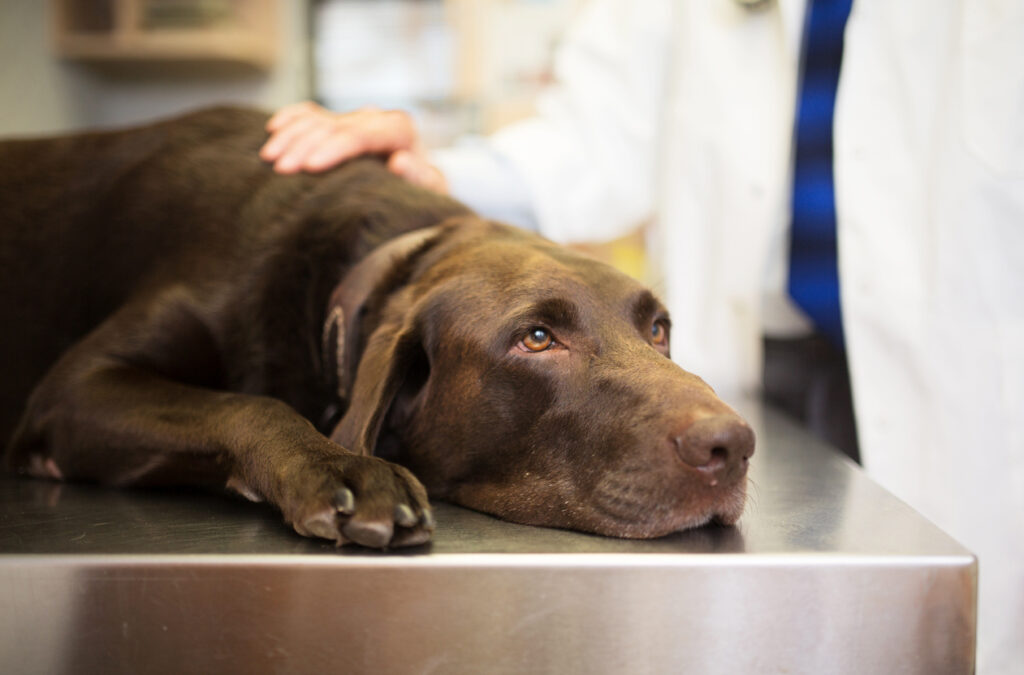Understanding Dog Lipomas: Causes, Symptoms, and Treatment Options
In today’s comprehensive guide, we’ll be exploring a common concern among dog owners: lipomas. These benign fatty tumors, while generally harmless, can raise questions and concerns for pet parents. Our mission is to shed light on what lipomas are, their causes, symptoms to watch for, and the various treatment options available. If you have any questions or would like to schedule an appointment, please call Chino Valley Animal Hospital at (928) 636-4382 or request an appointment online. Let’s ensure your dog’s health and well-being.
Understanding Dog Lipomas
Lipomas are non-cancerous, soft, movable lumps that develop beneath the skin. They are among the most common types of tumors found in dogs. While they can occur in any breed, lipomas are most often seen in older dogs and tend to develop on the trunk, neck, or limbs.
Causes of Lipomas
The exact cause of lipomas in dogs remains unclear, but several factors may contribute:
- Genetics: Certain breeds are more predisposed to developing lipomas, suggesting a genetic component.
- Age: Lipomas are more common in middle-aged to senior dogs.
- Obesity: Overweight dogs may be at a higher risk of developing lipomas.
Recognizing Lipoma Symptoms
- Lump or Mass: The most obvious sign is the presence of a soft, round, and painless lump beneath the skin. Lipomas are typically slow-growing and can vary in size.
- Movable: Lipomas are usually easily movable and don’t adhere to underlying tissues.
- Location: They tend to appear on the chest, abdomen, or limbs.
- No Pain: Lipomas are typically painless, and dogs don’t exhibit signs of discomfort.
Seeking Professional Guidance
While lipomas are generally benign, it’s crucial to have any new lump or mass on your dog examined by a veterinarian. Your vet will perform a thorough evaluation to confirm the diagnosis and rule out more concerning conditions.
Treatment Options for Lipomas
- Monitoring: In some cases, your vet may recommend simply monitoring the lipoma if it’s small, slow-growing, and not causing any discomfort to your dog.
- Aspiration: If the lipoma is bothersome or cosmetically undesirable, your vet may perform a fine-needle aspiration to remove some of the fatty tissue. However, this may not prevent the lipoma from returning.
- Surgical Removal: Larger or rapidly growing lipomas may be surgically removed. This is typically a straightforward procedure, and most dogs recover well.
- Liposuction: In some cases, liposuction may be used to remove the lipoma, especially if it’s in a location that is challenging to access surgically.
Post-Treatment Considerations
Following any form of treatment, it’s essential to follow your veterinarian’s instructions for post-operative care, including wound care and any necessary medications.
While dog lipomas are generally benign, it’s essential to be proactive in monitoring your pet’s health and seeking professional guidance when needed. If you’ve noticed a new lump or have concerns about an existing one, please don’t hesitate to contact Chino Valley Animal Hospital at (928) 636-4382 or request an appointment online. Our experienced team is here to ensure your dog receives the best care possible.





